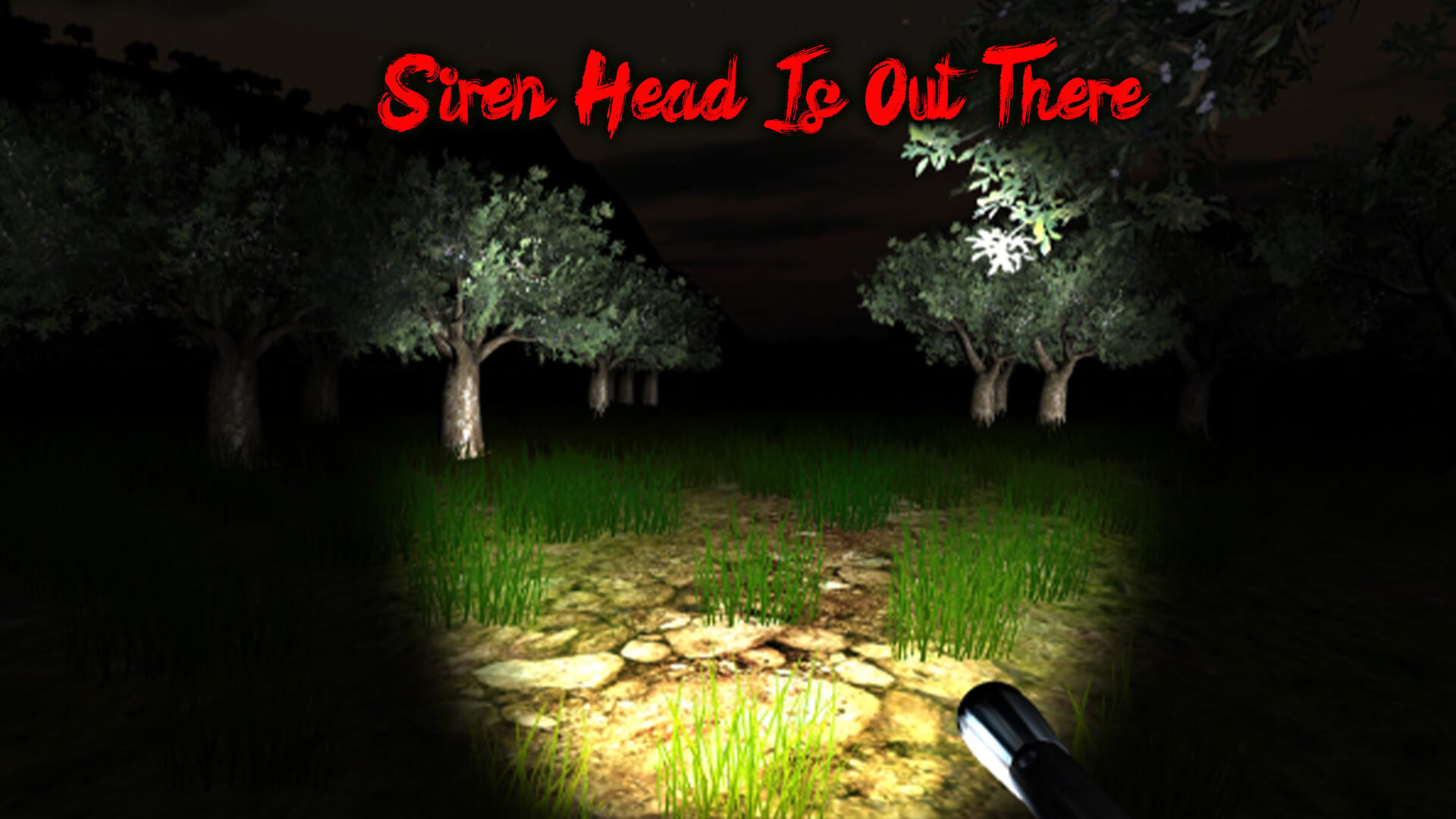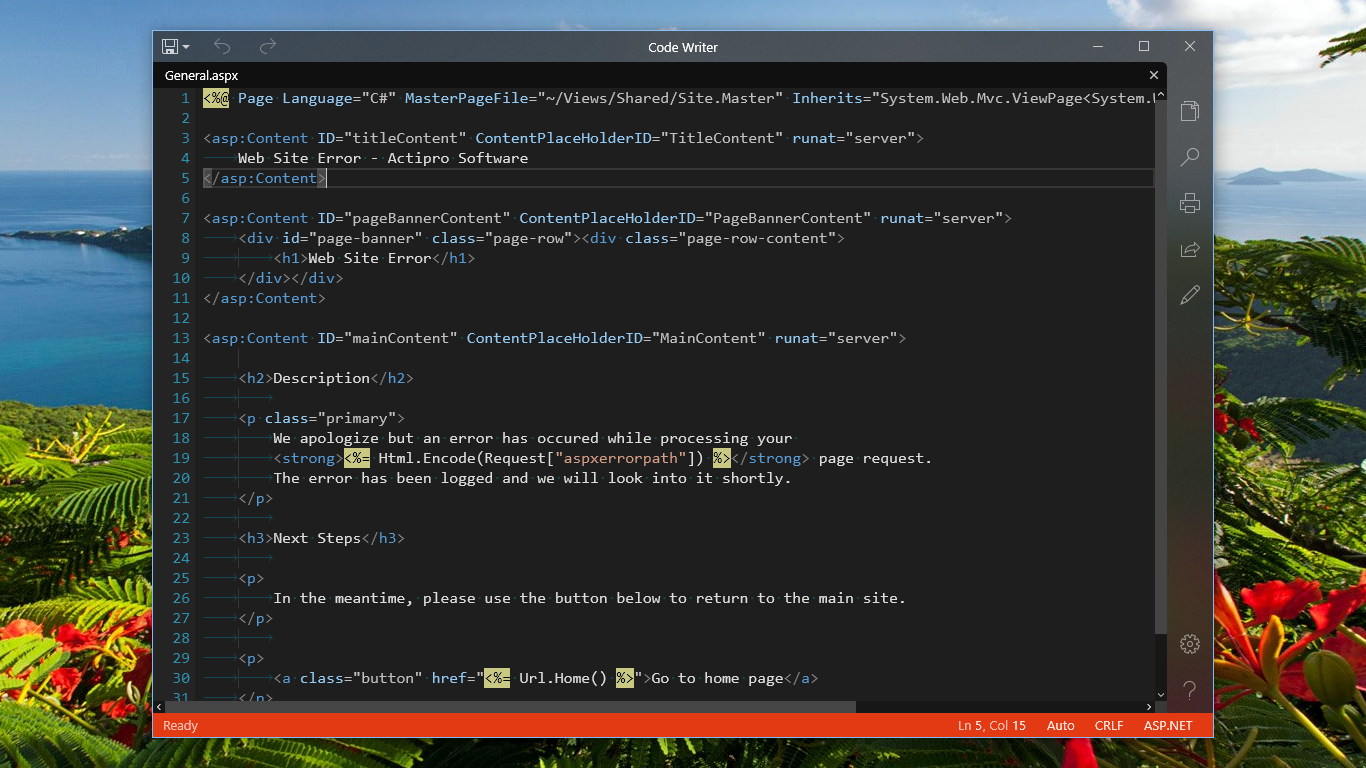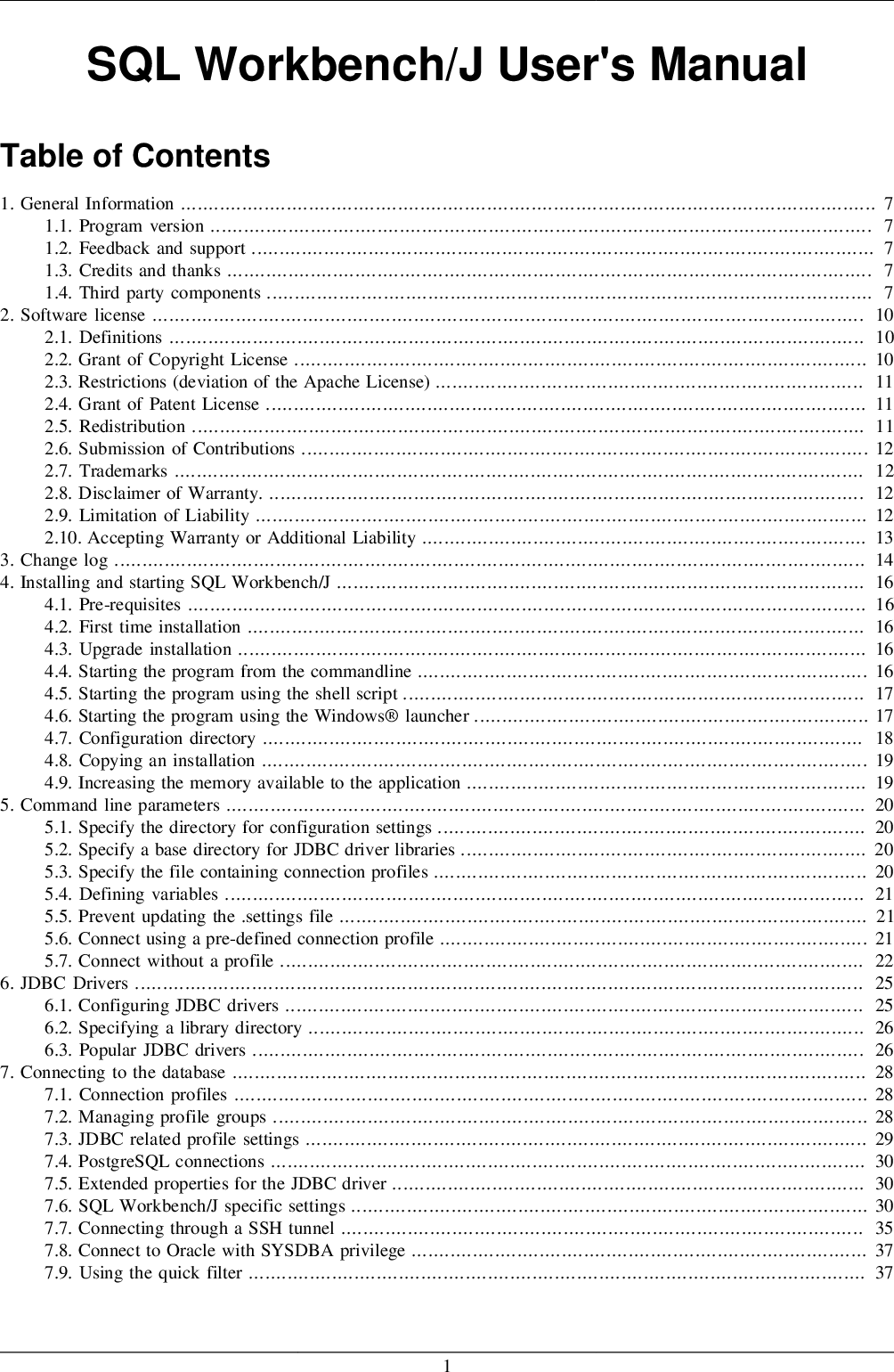The first piece of middleware we apply is the Express logger in 'dev' mode. This will simply log incoming requests to the console. Next, the Stylus middleware is applied, which will compile our .styl files to CSS.
In order to use nib, we pass in a custom compile function to the Stylus middleware. Unlike Apache, the Express server doesn't mimic the filesystem to the visitor. A file 'pic.jpg' in a folder 'images' within 'public' will be available to the client at '/images/pic.jpg'.
The generated project, now that you have installed dependencies, has the following file structure (files are the items not prefixed with "/"). The package.json file defines the application dependencies and other information. It also defines a startup script that will call the application entry point, the JavaScript file /bin/www. This sets up some of the application error handling and then loads app.js to do the rest of the work. The app routes are stored in separate modules under the routes/ directory. The templates are stored under the /views directory.
Before we can start coding, we have to set up views and static files. The first step is to import the path module, which comes with Node.js by default. The path module allows us to work with directories and file paths, which we need when we serve static assets such as images, for instance. We have already created the public folder from where we will serve static files.
In this step we are going to use express.static middleware to serve static assets from the public folder. In this article, you will learn how to serve static files in Express. A Node.js framework, Express facilitates data in a server and includes rendering your static files on the client-side such as images, HTML, CSS, and JavaScript. The next set of functions call app.use() to add the middleware libraries into the request handling chain.
In the above example, node-static will serve static files from public folder by default. So, an URL request will automatically map to the file in the public folder and will send it as a response. It is easy to serve static files using built-in middleware in Express.js called express.static.
Using express.static() method, you can server static resources directly by specifying the folder name where you have stored your static resources. In this section, you will learn how to serve static resources like images, css, JavaScript or other static files using Express.js and node-static module. The next line requires the use of the express.static middleware. This lets you serve static files from the directory you specify. In this case, the files will be served from a folder called public. To serve static files such as images, CSS files, and JavaScript files, etc Now create a EJS file like Demo.ejs and put this file in views folder.
You will need to create a debugger configuration file launch.json for your Express application. Click on the Run icon in the Activity Bar and then the Configure gear icon at the top of the Run view to create a default launch.json file. Select the Node.js environment by ensuring that the type property in configurations is set to "node". Remember in app.js you told the express.static middleware to serve static files from the public directory.
The last step is to specify the directory from where to serve static assets such as JavaScript, CSS, images, and so on. The last line, app.use(express.static(path.join(__dirname, 'public'))), tells Node.js that we store the static assets in a directory named public. When you call app.use(), you're telling Express to use a piece of middleware. Middleware is a function that Express passes requests through before sending them to your routing functions, such as your app.get('/') route.
Express.static() finds and returns the static files requested. The argument you pass into express.static() is the name of the directory you want Express to serve files. In this case, we'll use the tool to create the framework for our Local Library website, to which we'll later add all the other code needed by the site. In the command line, navigate into the use-mapbox-gl-js-with-react folder you created.
In that folder, run the command npm install, which will install all the Node packages that you specified in the package.json file. Nodemon is an optional package which automatically restarts the server after saving server-side code changes. Go ahead and install Nodemon using npm install -g nodemon. In this article, we are going to a build simple app to serve static files like HTML files, CSS files, and images using Node.js and Express. In this article, we'll be building a simple app to serve static files like HTML files, CSS files and images using Node.js and Express.
NodeExpressEJS Then we put a new CSS file called app.css in the public folder and add our base CSS. And then link to the stylesheet in each of our EJS template files that we want check the Express documentation for the version you are running. The path module provides you with utilities for working with file and directory paths. You'll use it later to create cross-platform file paths to access view templates and static assets, such as stylesheets and images. We have defined two folders public and images in above code.
Express searches through in the same order we define express.static middleware methods. We need to create the virtual path prefix to serve the files via express.static middleware function. Next, we create the app object using our imported express module, and then use it to set up the view engine. First, we set the 'views' value to specify the folder where the templates will be stored (in this case the subfolder /views). Then we set the 'view engine' value to specify the template library (in this case "pug").
Each platform runs a specific set of software, configuration files, and scripts to support a specific language version, framework, web container, or combination of these. Most platforms use either Apache or NGINX as a reverse proxy that sits in front of your web app, forwards requests to it, serves static assets, and generates access and error logs. Npm install node-static After installing node-static module, you can create static file server in Node.js which serves static files only. In the above example, app.use() method mounts the middleware express.static for every request.
The express.static middleware is responsible for serving the static assets of an Express.js application. The express.static() method specifies the folder from which to serve all static resources. VS Code uses TypeScript type declaration files (for example node.d.ts) to provide metadata to VS Code about the JavaScript based frameworks you are consuming in your application. Type declaration files are written in TypeScript so they can express the data types of parameters and functions, allowing VS Code to provide a rich IntelliSense experience.
Thanks to a feature called Automatic Type Acquisition, you do not have to worry about downloading these type declaration files, VS Code will install them automatically for you. After adding and configuring all the packages, we need to create the files for our CSS. For this tutorial, I chose to create the folder styles inside the "public" folder. Lastly, the tailwind.css file holds the Tailwind CSS, whereas the style.css file contains the final CSS that is used by our application. ExpressJS allows you to develop a custom web server according to your project requirement. The express project can be extended by installing various node modules.
However, you don't need to install multiple packages to handle HTML files and to render them in the response. In this tutorial, you'll learn how to build a simple and clean Node.js server-side rendered application using the Express framework and Pug templates styled with CSS. Finally, we have completed how to serve static files in Express JS tutorial with examples. Express allows defining multiple static assets directory to serve the static assets. It is pretty simple and straightforward, define multiple express.static middleware function in server.js file.
To serve static files such as images, CSS files, and JavaScript files, use the express.static built-in middleware function in Express. This setting configures the proxy server to serve files in the public folder at the /public path of the application. Serving files statically from the proxy reduces the load on your application.
All forms include an enctype attribute, which specifies how data should be encoded by the browser before sending it to the server. The default value is application/x--urlencoded, which supports alphanumeric data. The other encoding type is multipart/form-data, which involves uploading files through forms. You can customize the questions asked and fields created during the init process or leave it as default. After the process, you will find the package.json file in your project folder. At this point, we should test that our application runs.
The generated Express application has a package.json file which includes a start script to run node ./bin/www. The app.set() directives tell Express that we want to use Jade, and where we will keep our views. On that note, let's create a folder called 'views' in the project root where we will put our Jade files. Using the express framework to develop, how to import external js, css files in the ejs with nodejs, of course, using the express framework and the ejs template.
Today we are going to learn the most crucial topic among web developers is how to serve static files like images, CSS, JS in Express js. Next, let's update the Express application to serve static files and add a new page. This code creates a simple express app that starts a server and listens on port 80 for connections. The app responds with "Hello World" for requests to "/". In your node application, you can use node-static module to serve static resources.
The node-static module is an HTTP static-file server module with built-in caching. This creates a new folder called myExpressApp with the contents of your application. The --view pug parameters tell the generator to use the pug template engine. In addition, nodemon monitors certain important website files. If you modify these files, such as redesigning a page or modifying static content, nodemon automatically restarts the server to reflect the changes. In the Express app directory, use npm install to download and install the required dependencies, as listed in the package.json file.
We eventually came up with a compromise solution based on Addy Osmani's basket.js, using a combination of server-side script concatenation and localStorage for caching. In a nutshell, the page includes a lightweight loader script, which figures out which JS and CSS it has already cached and which needs to be fetched. The loader then requests all the resources it needs from the server in one request, and saves all the resources into localStorage under individual keys. Addtionally, after running a few benchmarks, we found that localStorage is actually faster than the native HTTP cache, especially on mobile browsers. All those coders who are working on the CSS based application and are stuck on add css to express app can get a collection of related answers to their query.
Programmers need to enter their query on add css to express app related to CSS code and they'll get their ambiguities clear immediately. On our webpage, there are tutorials about add css to express app for the programmers working on CSS code while coding their module. Coders are also allowed to rectify already present answers of add css to express app while working on the CSS language code. Developers can add up suggestions if they deem fit any other answer relating to "add css to express app". Visit this developer's friendly online web community, CodeProZone, and get your queries like add css to express app resolved professionally and stay updated to the latest CSS updates. The second method of serving static files is to set up a public directory.
Unlike sending a file through the HTTP response, where only a single file can be served, all files inside our specified folder will be available for users. For each Node.js project, we need a file called package.json. Its purpose is to store metadata about the project (e.g. name, description, version, author, etc.), and to manage the project dependencies and scripts.
We could create the file manually, but that would be tedious. You used Node.js, Express, Pug, and CSS to create a web application that renders a stylish user interface with dynamic data by communicating with an API. You are also serving static assets from the server hosting the API. Static , a built-in middleware function that specifies the directory path from which to serve static assets. The first argument of res. render is a string representing the file path of a template, relative to the templates source directory, views.
It renders the file and sends the rendered HTML as a string to the client. The views are stored in the /views directory (as specified in app.js) and are given the file extension .pug. The method Response.render() is used to render a specified template along with the values of named variables passed in an object, and then send the result as a response. In the code below from /routes/index.js you can see how that route renders a response using the template "index" passing the template variable "title". The serverstart command added to the scripts in the package.json above is a very good example. Using this approach means you no longer have to type a long command to start the server.
Note that the particular command added to the script works for macOS or Linux only. The first stylesheet contains the Mapbox GL JS styles to display the map. The second stylesheet is the index.css file that you created earlier, which is where you will add your app-specific CSS.
This tutorial requires the Node.js language, its package manager called npm, and the Express web application framework. For details on installing these components and setting up your local development environment, see Setting up your Node.js development environment. There are several important things that must happen when we use script.js. First, we get the form element from the DOM and add a submit event to it. Next, we get the name and files input element from the DOM and createformData.
Node.js is one of the famous open-source environments that allows to you run javascript scripts outside the browser. MERN and MEAN stacks are the two most popular combination that helps you to create an amazing application. In this article, we will be creating a simple beginner-friendly Contact Form App with Node, Bootstrap, and MongoDB. Before starting the project we have to make sure that Node.js and MongoDB are installed in your system. You can extend the default config and add plugins to handle custom file types, or override and extend the defaults.
















































